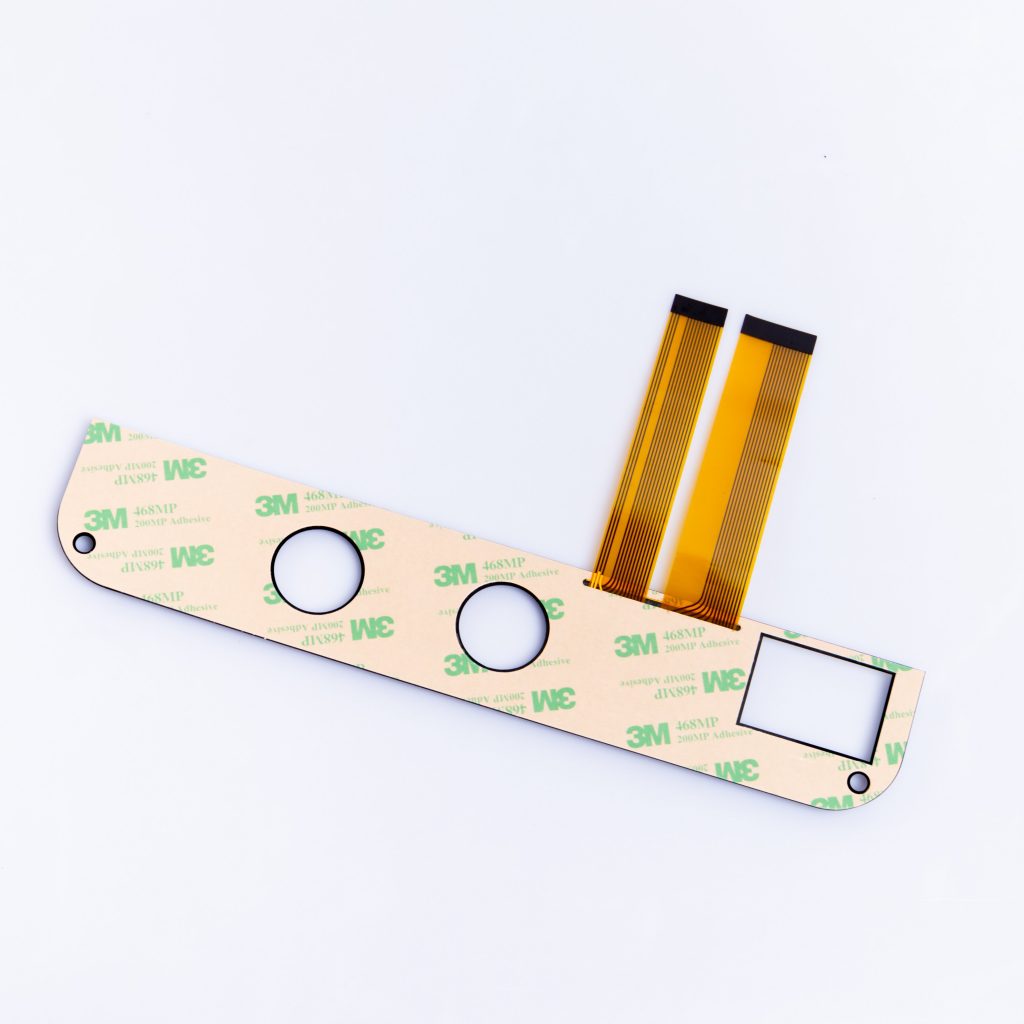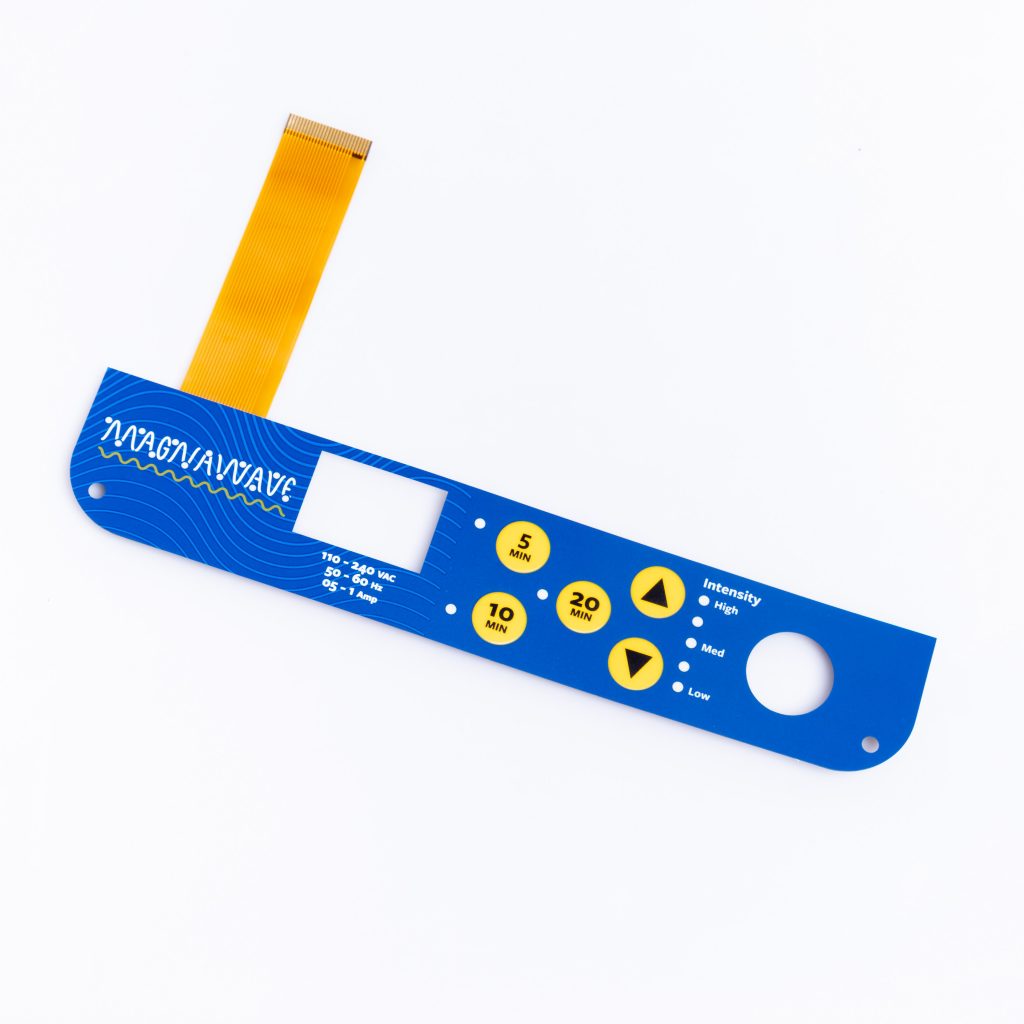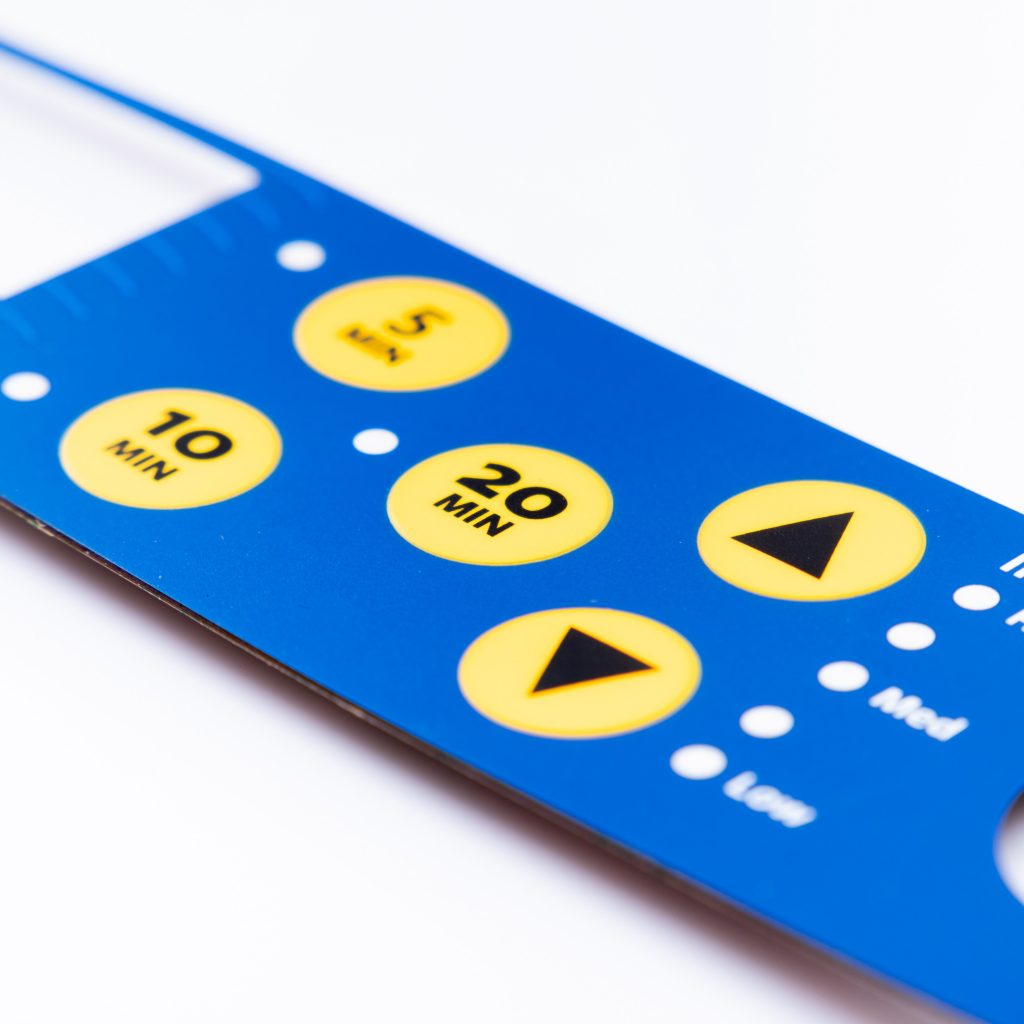Contact
Write to Us And We Would Be Happy to Advise You.
Do you have any questions, or would you like to speak directly with a representative?
By hqt
Membrane switches have become a ubiquitous part of our daily lives, found in everything from microwave ovens to sophisticated medical devices. They are prized for their reliability, durability, and versatility. But one critical aspect that determines the functionality and user satisfaction of a membrane switch is its actuation force. So, what is the ideal actuation force for a membrane switch? Let’s delve into the mechanics and user experience to find out.



Before we can understand the ideal actuation force, we need to know what a membrane switch is. A membrane switch is a momentary electrical contact on/off switch that activates or deactivates an electric circuit. These are made from a series of flexible layers or “membranes” and have become a preferred user interface for many applications.
Actuation force is the amount of pressure needed to activate a switch to make an electrical contact. It’s a crucial factor because it affects the tactile response, user comfort, and ultimately, the switch’s performance.
The actuation force of a membrane switch is significant because it impacts the user’s tactile feedback and can influence the accuracy of input. Too light, and the switch may activate accidentally; too heavy, and it may cause user fatigue or discomfort.
Several factors can influence the actuation force of a membrane switch, including the material of the membrane, the design of the dome, and environmental conditions.
The type of material used for the membrane layers can affect the flexibility and, consequently, the actuation force. Common materials include polyester and polycarbonate.
The dome under the membrane layer is what the user presses to activate the switch. Its design, whether metal or polydome, plays a significant role in determining the actuation force.
Temperature and humidity can affect the physical properties of the membrane switch materials, thus altering the actuation force.
To ensure consistency and reliability, the actuation force must be measured accurately during the design and manufacturing process.
Specialized tools like force gauges are used to measure the actuation force of a membrane switch accurately.
The measurement process involves applying force to the switch until it actuates and recording the necessary pressure. This ensures that each switch meets the required specifications.
While the ideal actuation force can vary depending on the application, a general range is considered optimal for most uses.
Industry standards often dictate the actuation force range to ensure user safety and product reliability. These standards are based on extensive research and user testing.
The actuation force directly affects the user experience. Manufacturers must balance the force to ensure responsiveness without causing unintended actuations or user fatigue.
Adjustments to the actuation force can be made to cater to specific applications or user preferences.
For specialized equipment, the actuation force can be customized to ensure the best possible user interface.
Advancements in materials and design allow for more precise control over the actuation force, leading to better user experiences and broader applications.
Looking at specific examples in consumer electronics and industrial applications can help us understand the importance of the ideal actuation force.
In devices like remote controls and gaming consoles, the actuation force can affect the speed and accuracy of user input.
In industrial settings, the actuation force can impact the safety and efficiency of operations, making it a critical consideration in design.
The ideal actuation force for a membrane switch is not a one-size-fits-all answer. It depends on various factors, including the application, user preferences, and environmental conditions. However, by understanding these factors and how they interact, manufacturers can design membrane switches that offer the best balance between sensitivity and resistance, ensuring a positive user experience and reliable performance.
Do you have any questions, or would you like to speak directly with a representative?